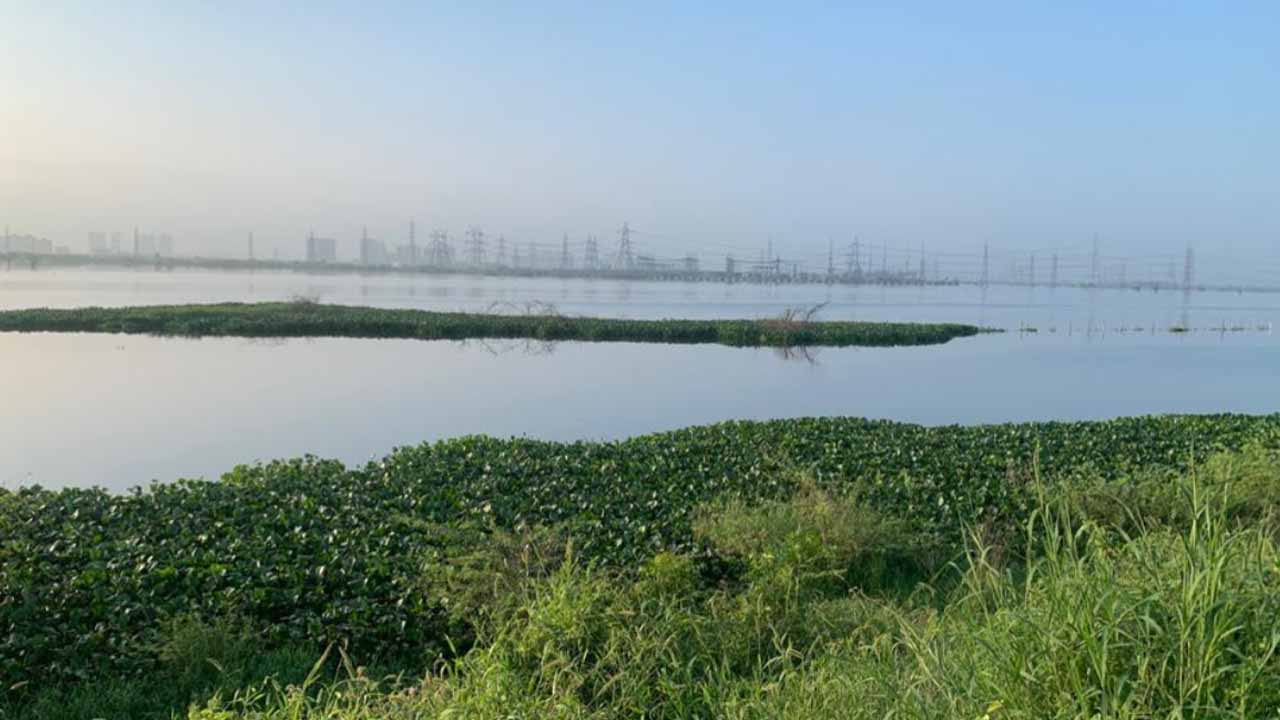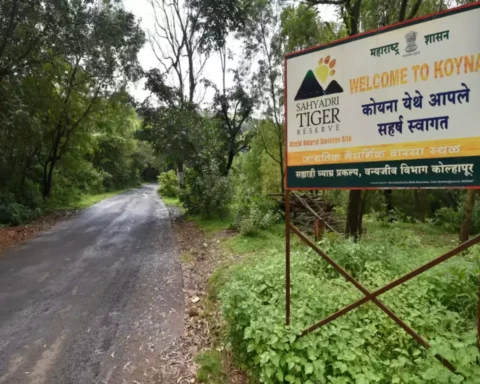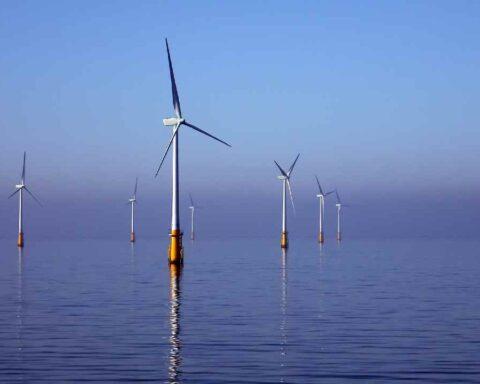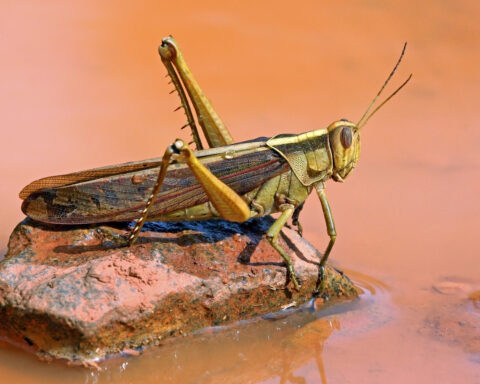The National Green Tribunal (NGT) has directed the Union Ministry of Environment, Forest and Climate Change (MoEF&CC) to prepare an integrated environmental management plan (EMP), which will include specific budget allocations, for the Najafgarh Jheel, virtually paving the way for the notification of the transboundary (Delhi-Haryana) water body as a wetland.
The tribunal has “expressed hope” that the inter-ministerial expert group will ensure the wetland’s conservation and protection with its water quality maintained to “at least Class C”, which makes the water drinkable after conventional treatment. “Healthy biodiversity needs to be ensured. The outlet of Najafgarh Jheel, which is leading to the Najafgarh drain, should remain free from sewage before it joins the Yamuna,” stated the NGT order on January 21 while hearing a 2019 petition by Indian National Trust for Art and Cultural Heritage (INTACH) to execute the tribunal’s earlier orders.
According to a report submitted by a technical committee to the NGT, the problem of sewage entering the Najafgarh Jheel, estimated at nearly 350 million litres per day (MLD) of sewage entering through Gurugram and the surrounding villages of Delhi, also needs to be solved.
The implementation of these action plans will be monitored by the National Wetland Authority through respective State Wetland Authorities. A status report on the project will be submitted to the NGT as of July 31.
In Delhi, the Najafgarh Jheel and its surrounding areas include parts of the villages of Rawta, Gumanhera, Jainpur, Shikarpur, Jhatikara and Devrala. According to the plan, “The land falling under the jheel are private lands and gram sabha lands.” The plan also notes that some parts of newly built-up areas in sectors 107 and 108 of Gurgaon fall within this boundary of the wetland, and since they are built on the wetland, they are routinely submerged.





























